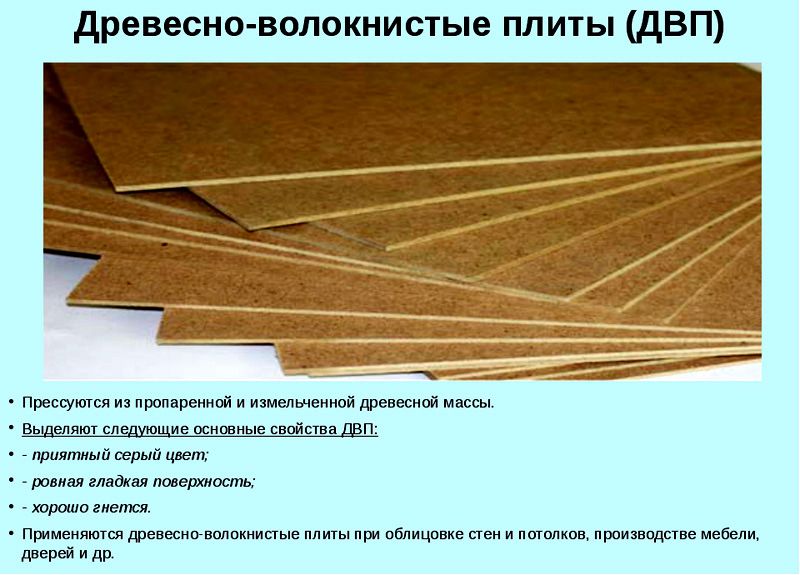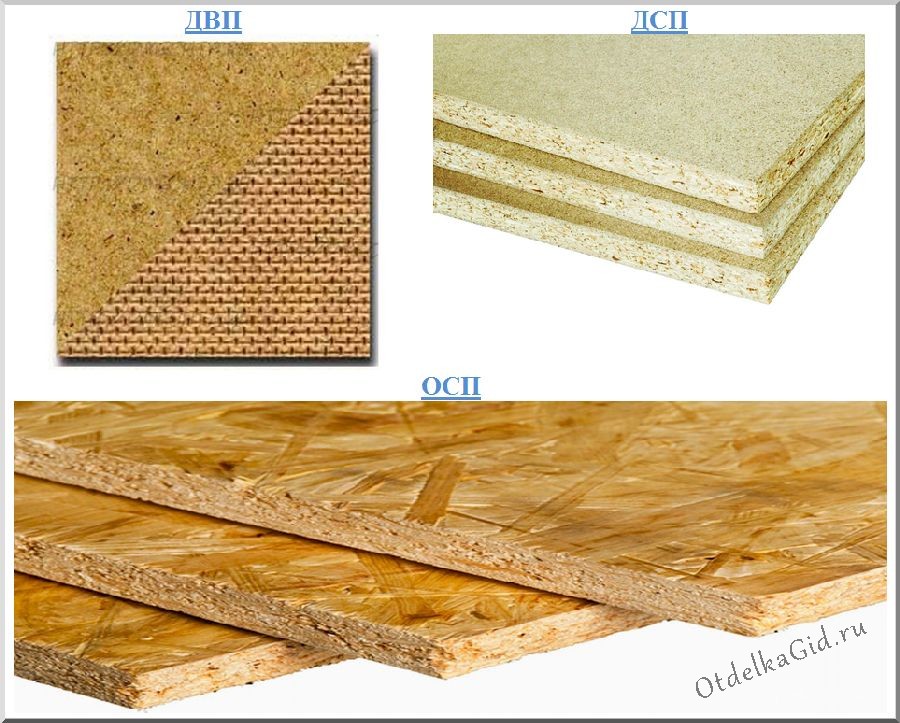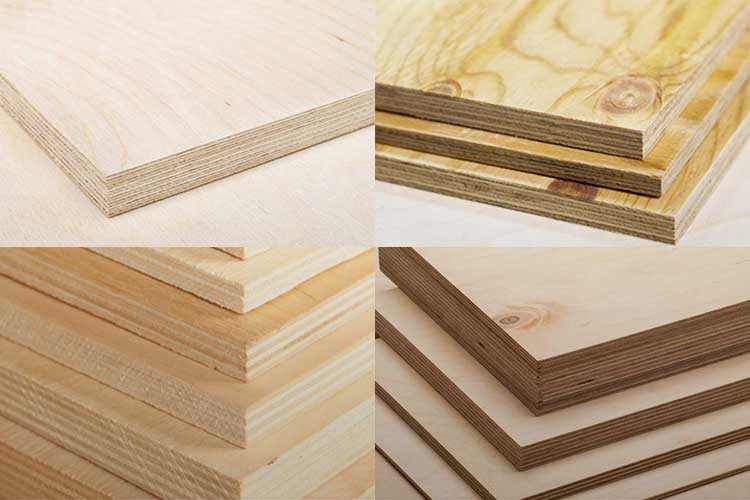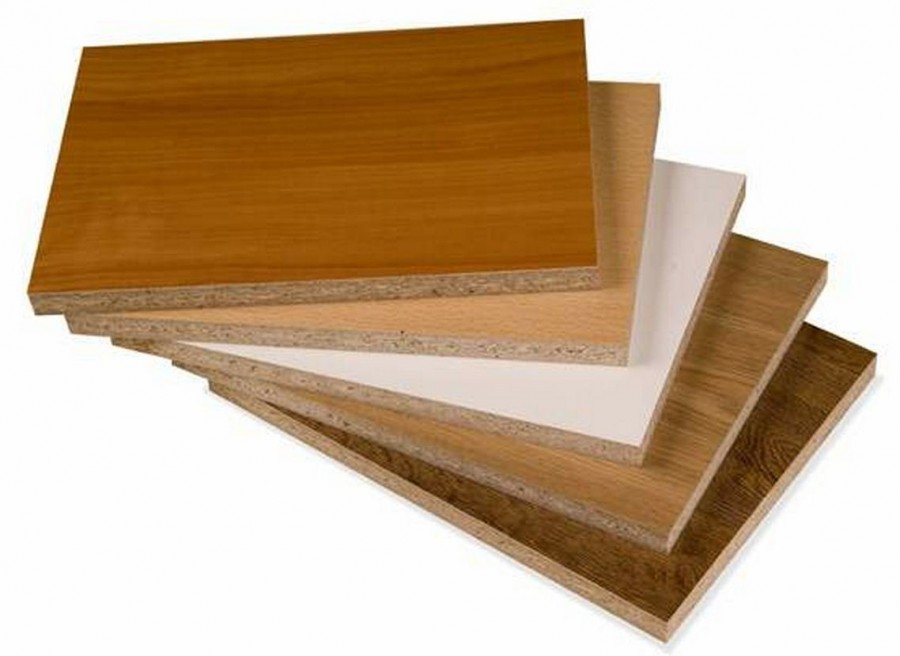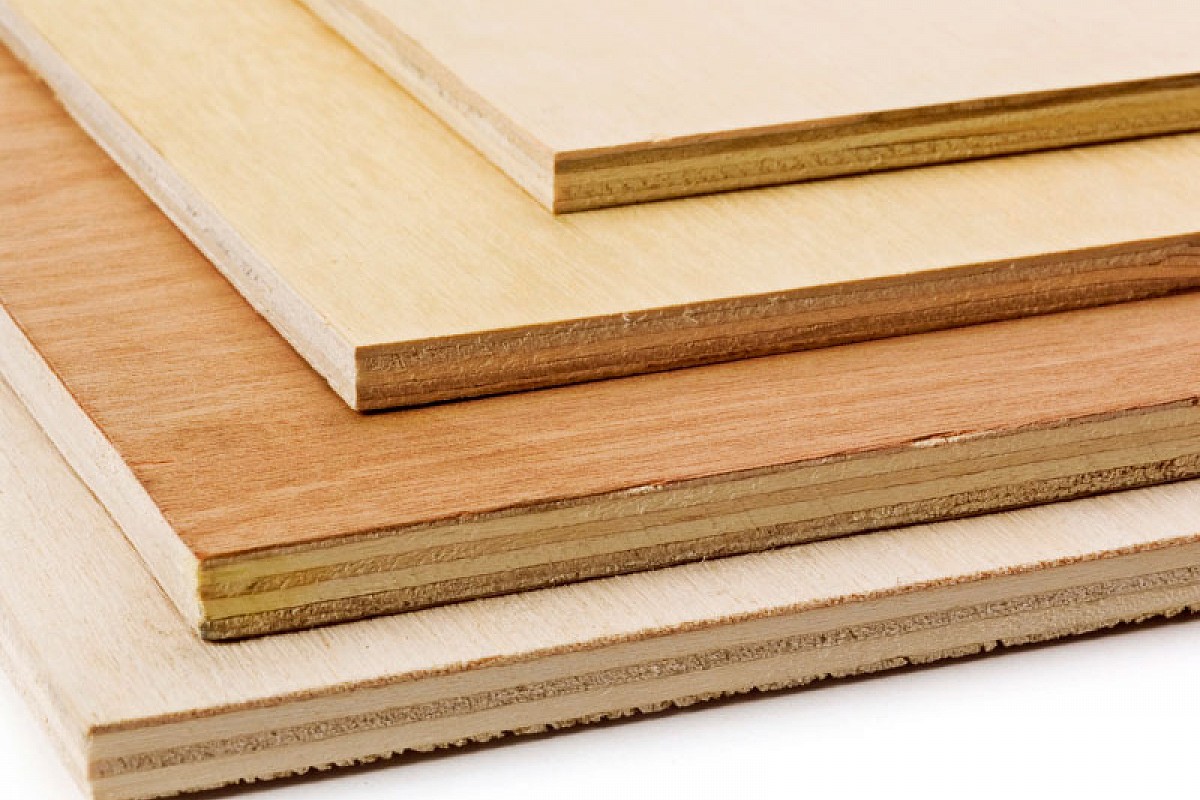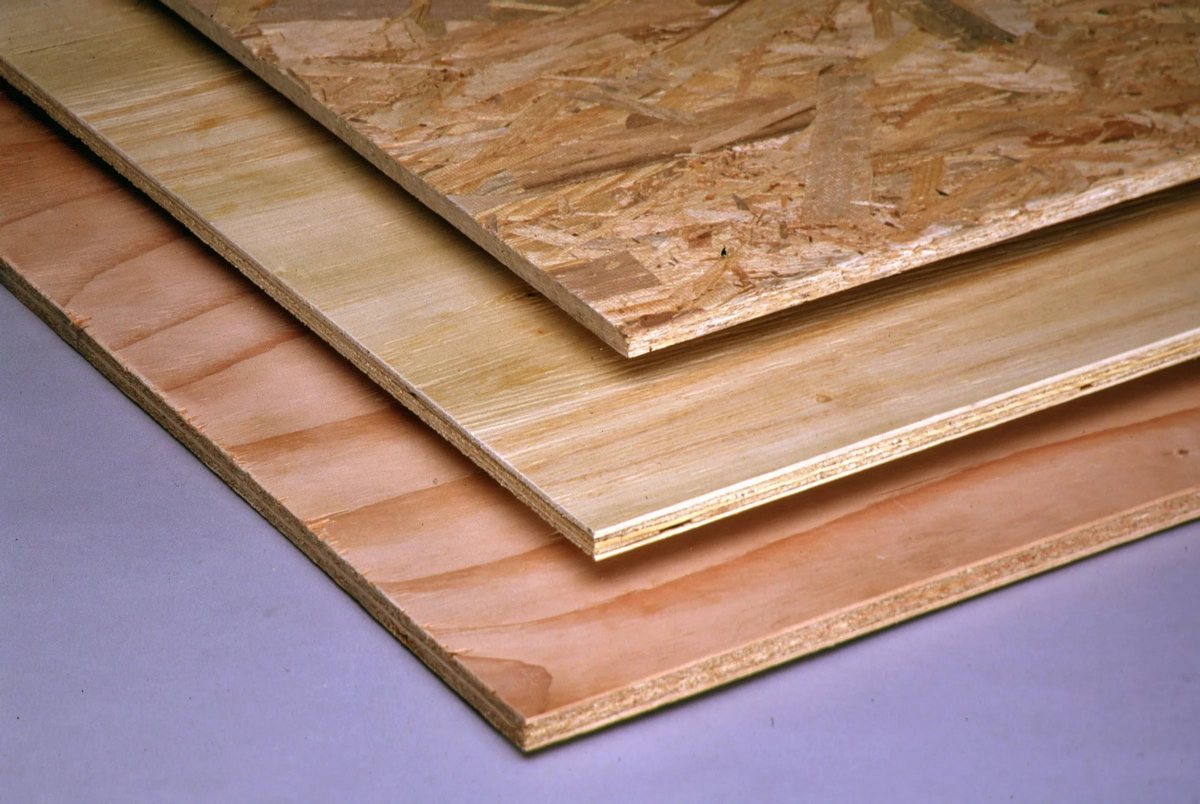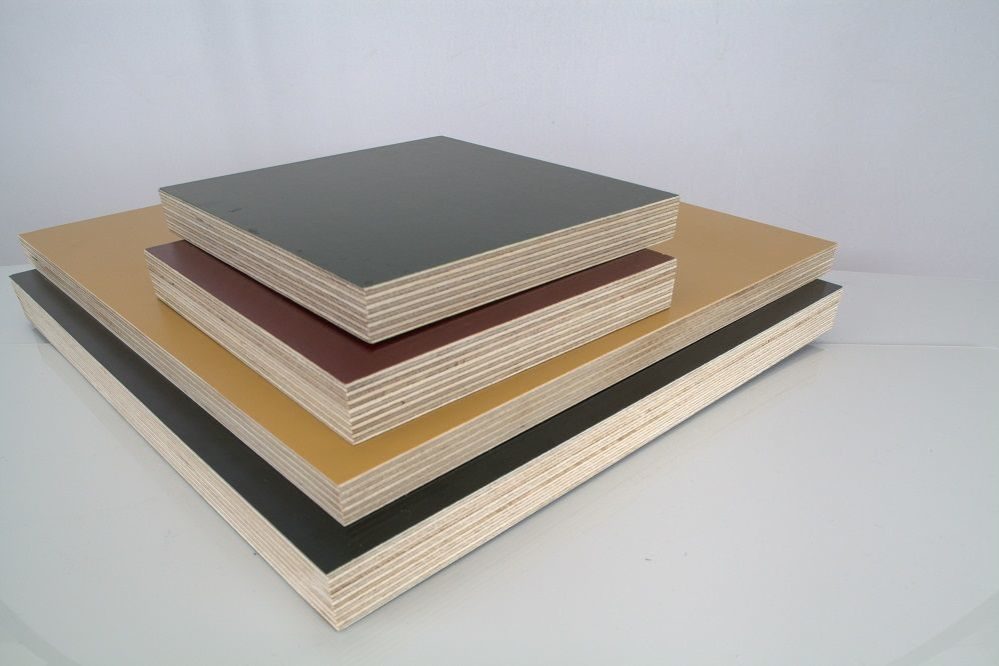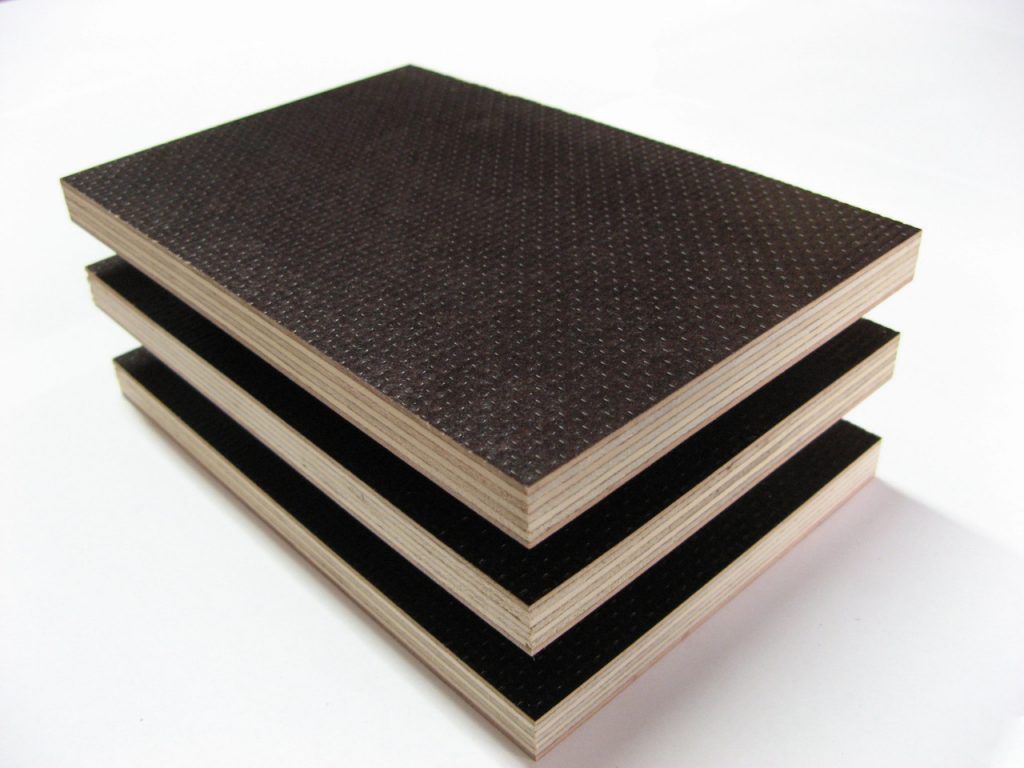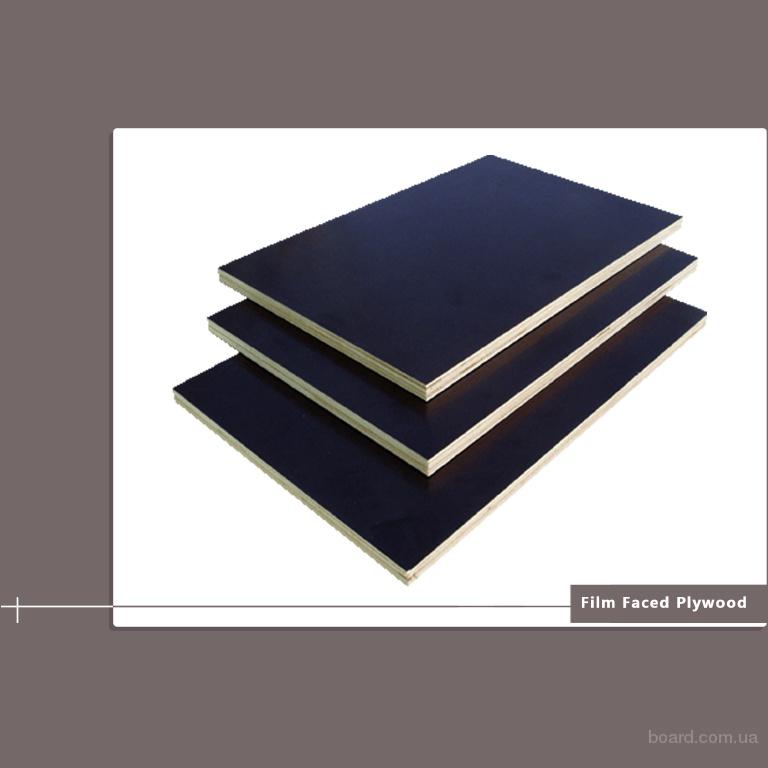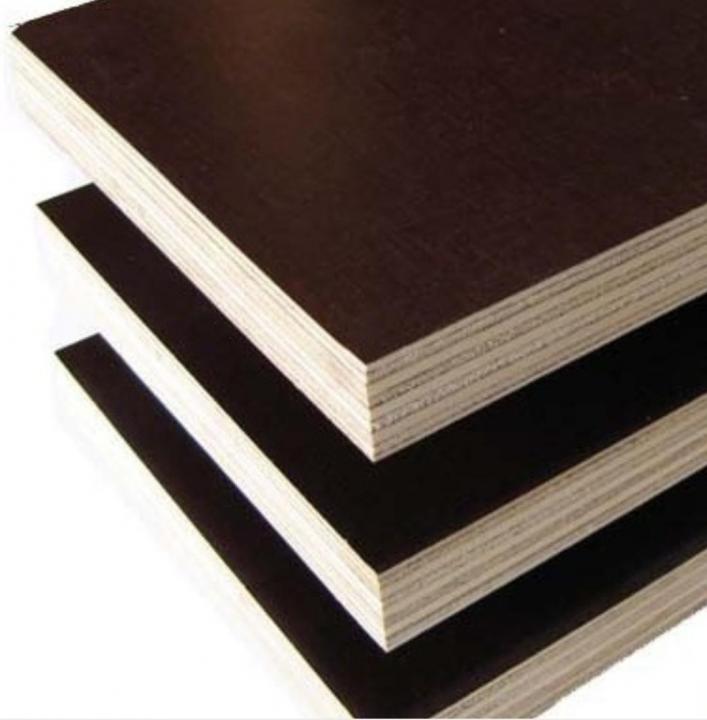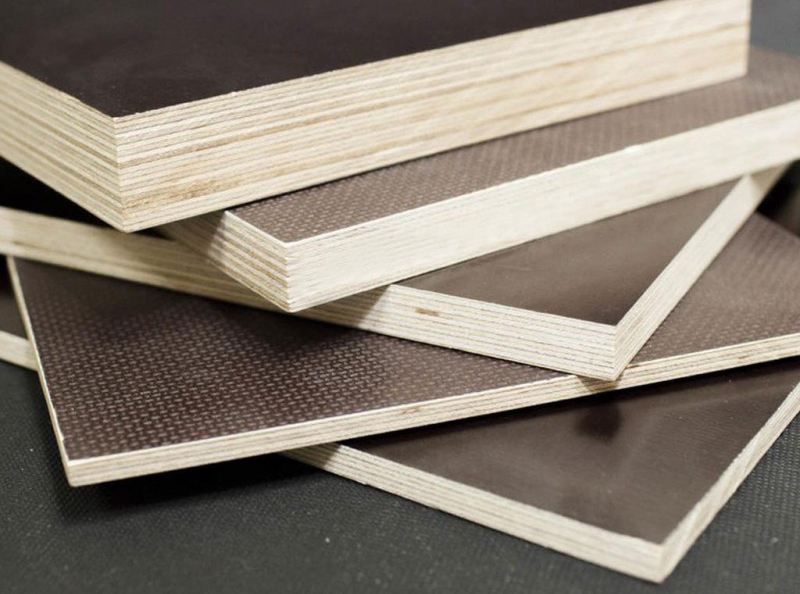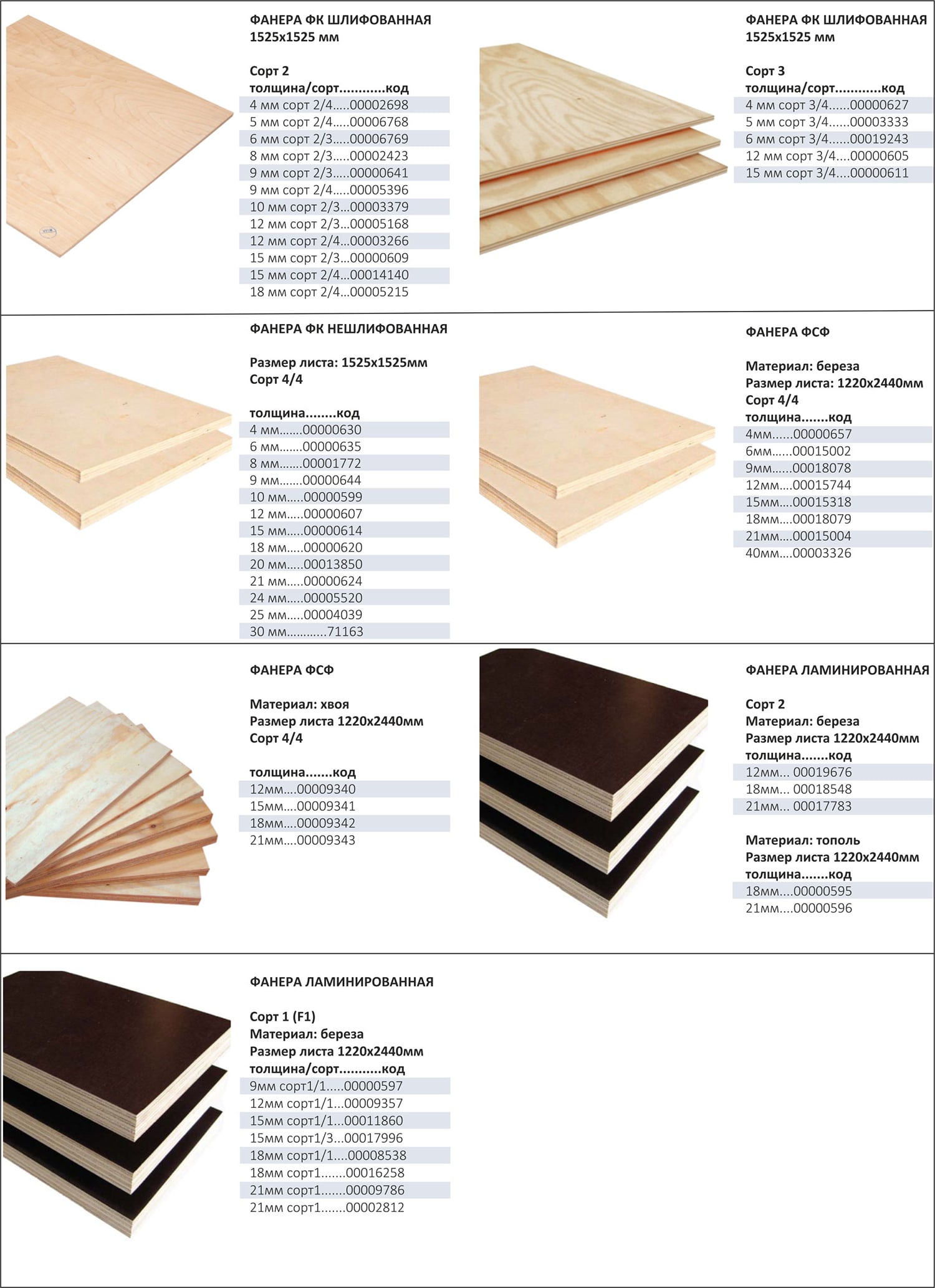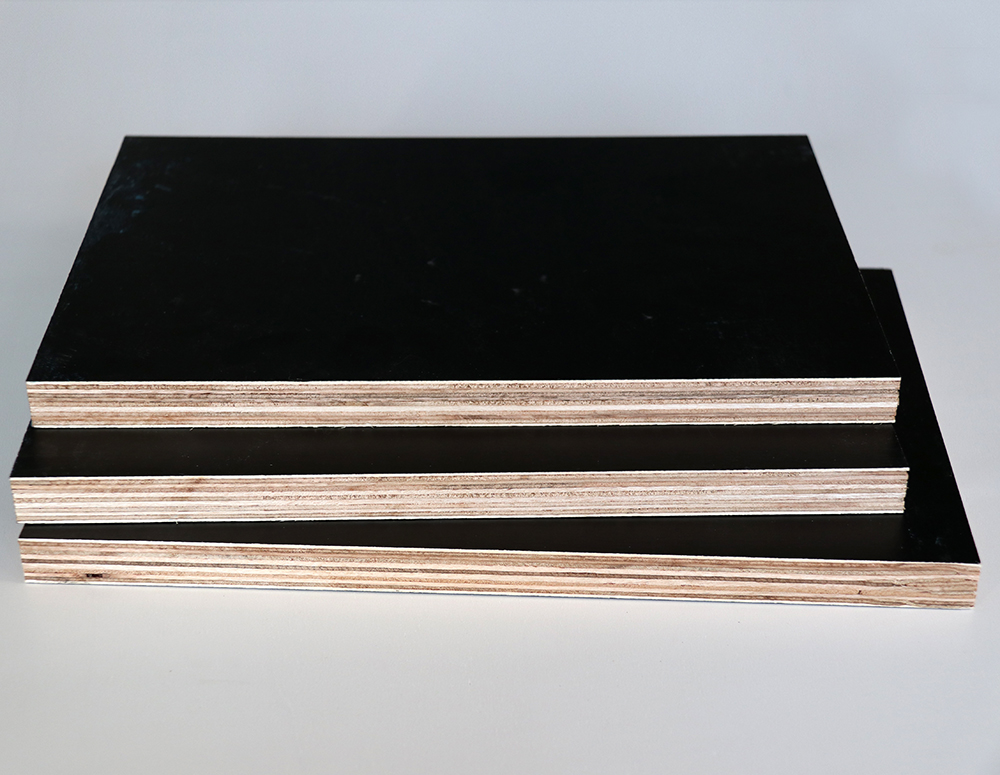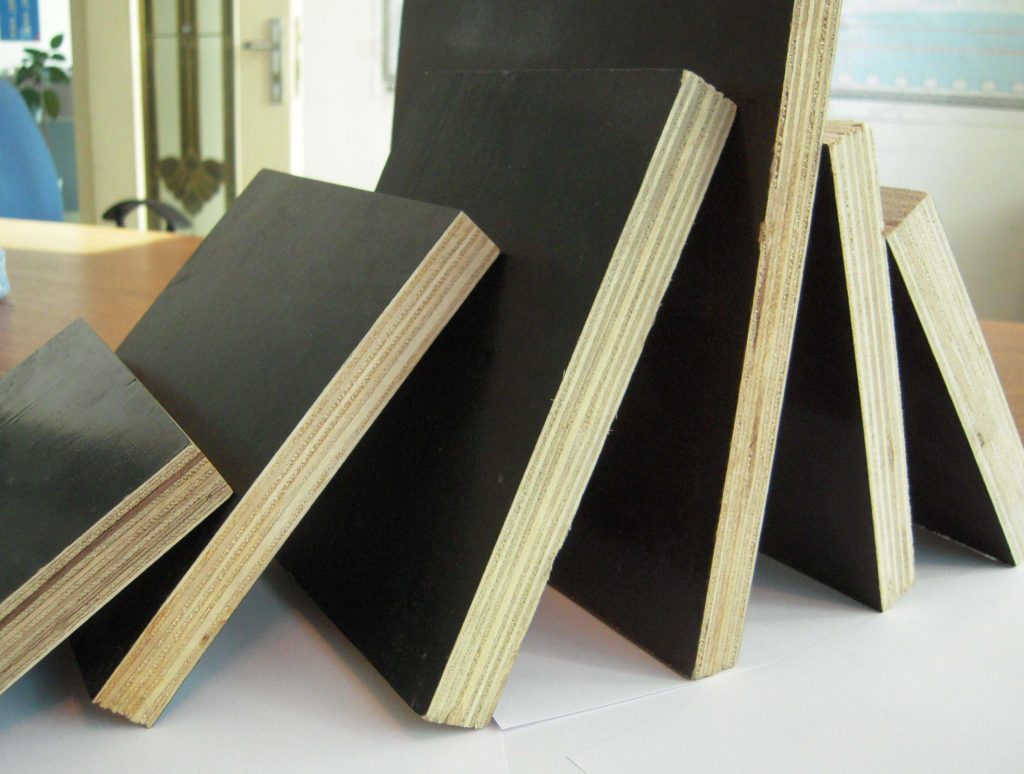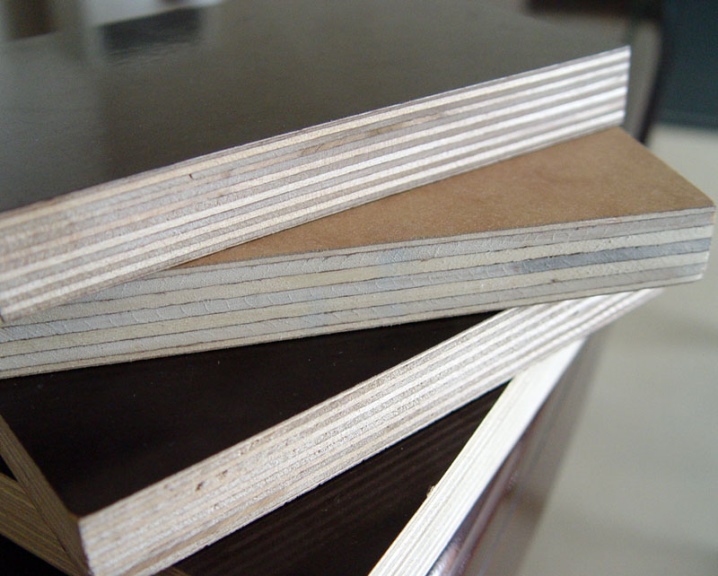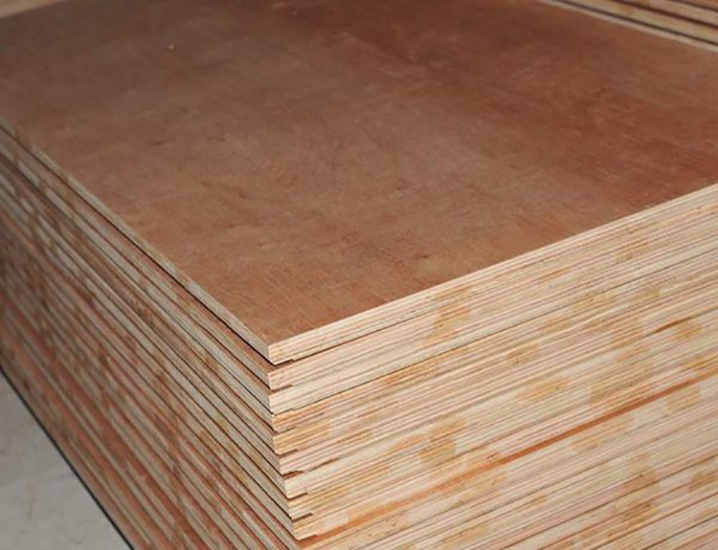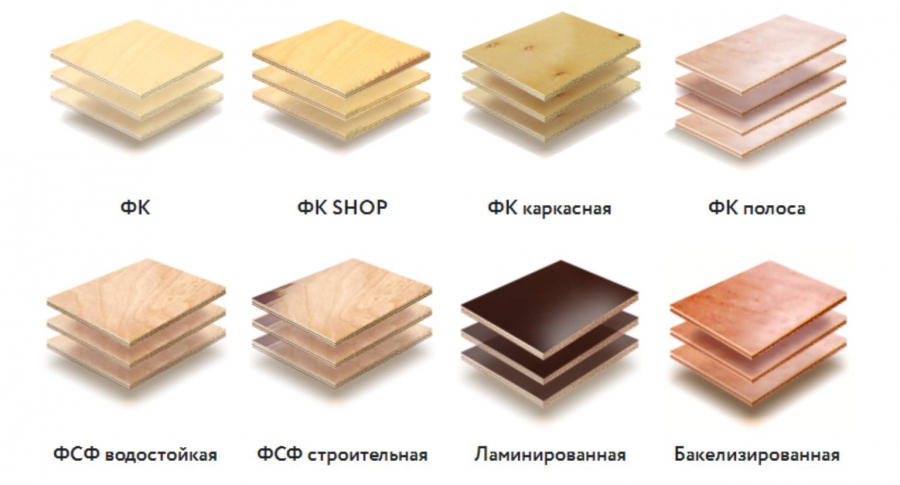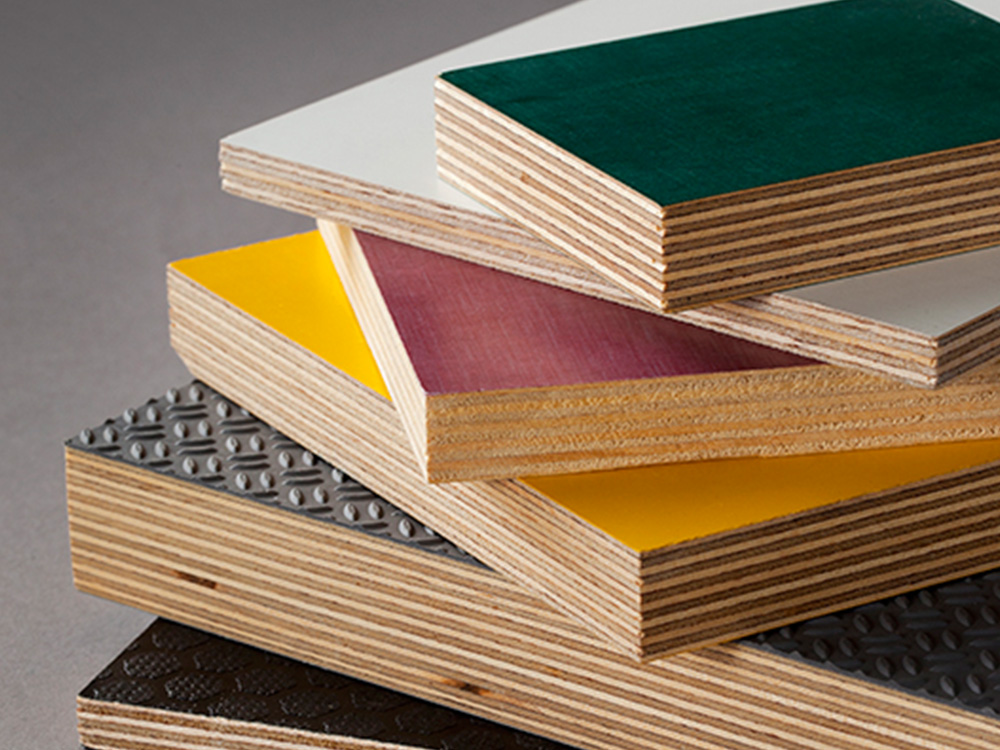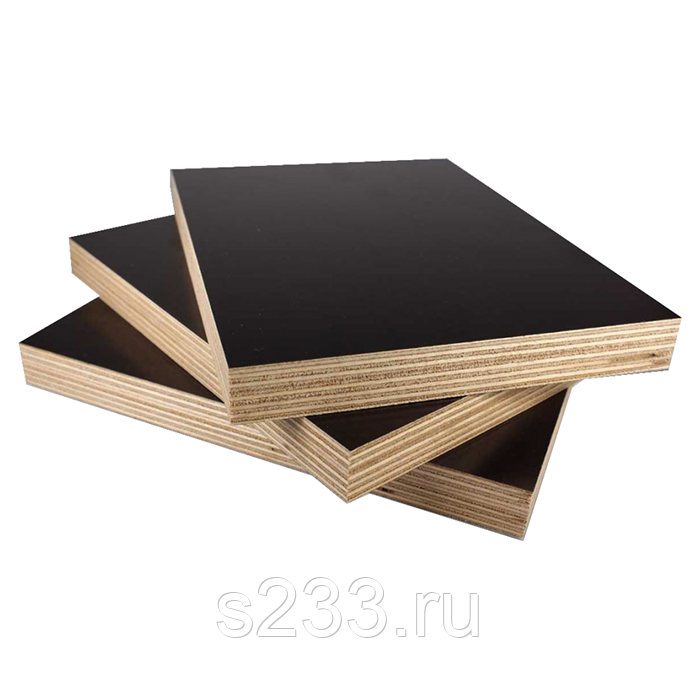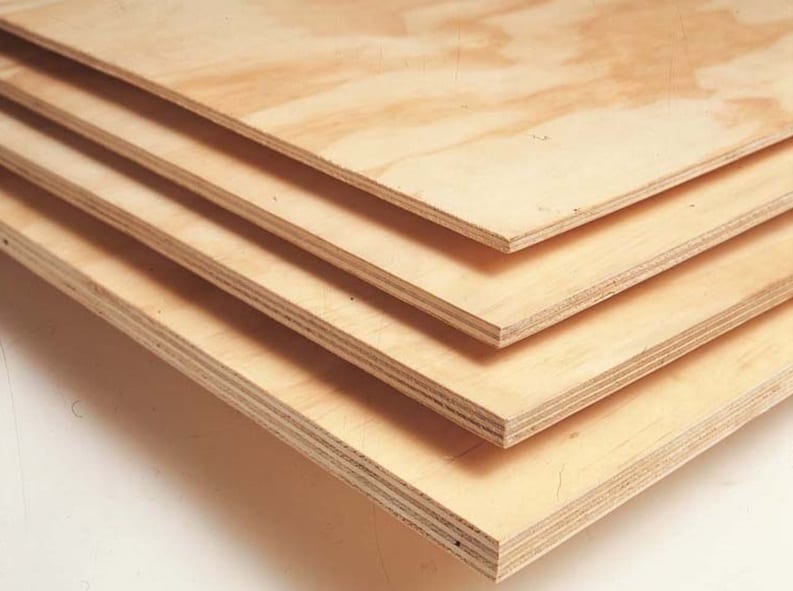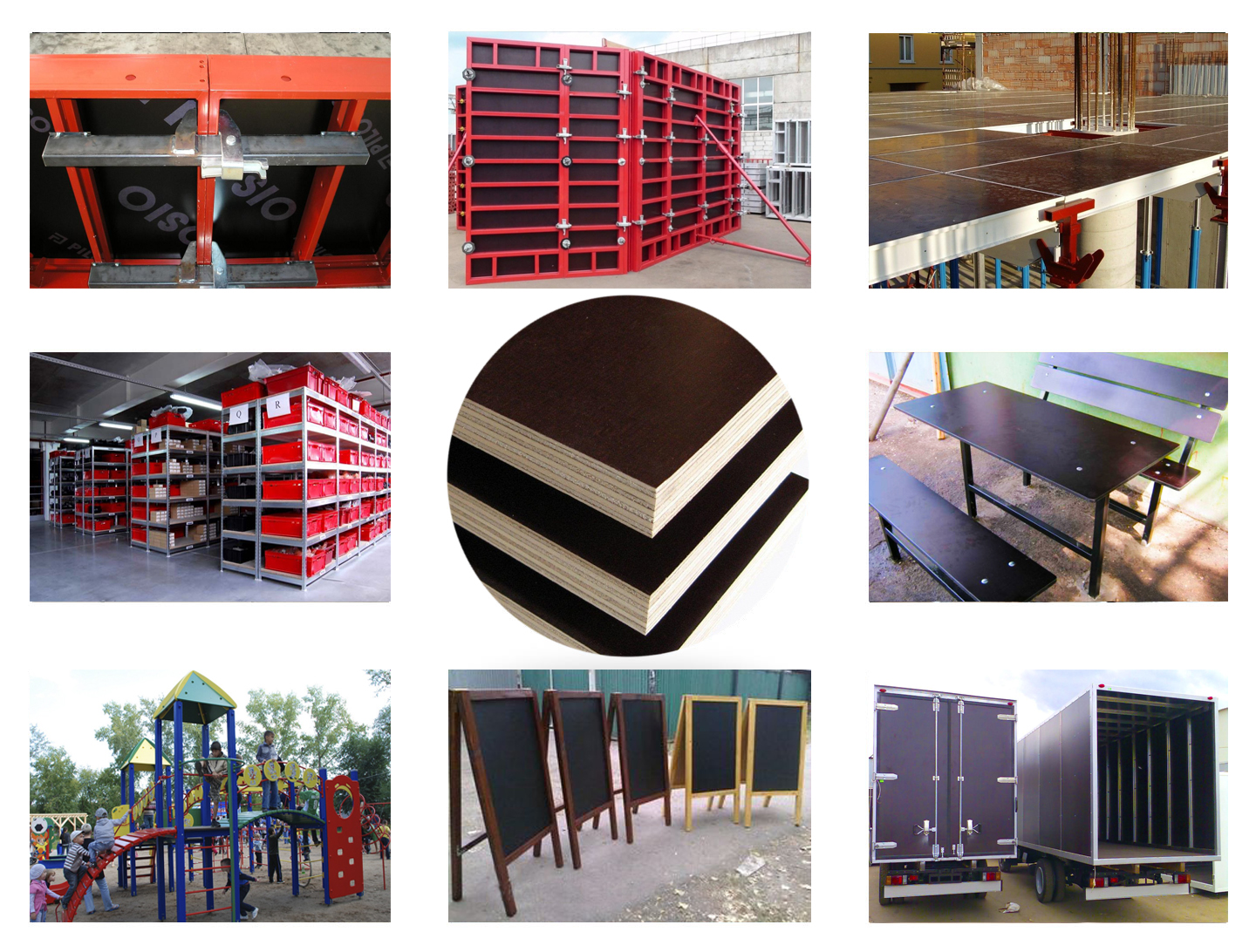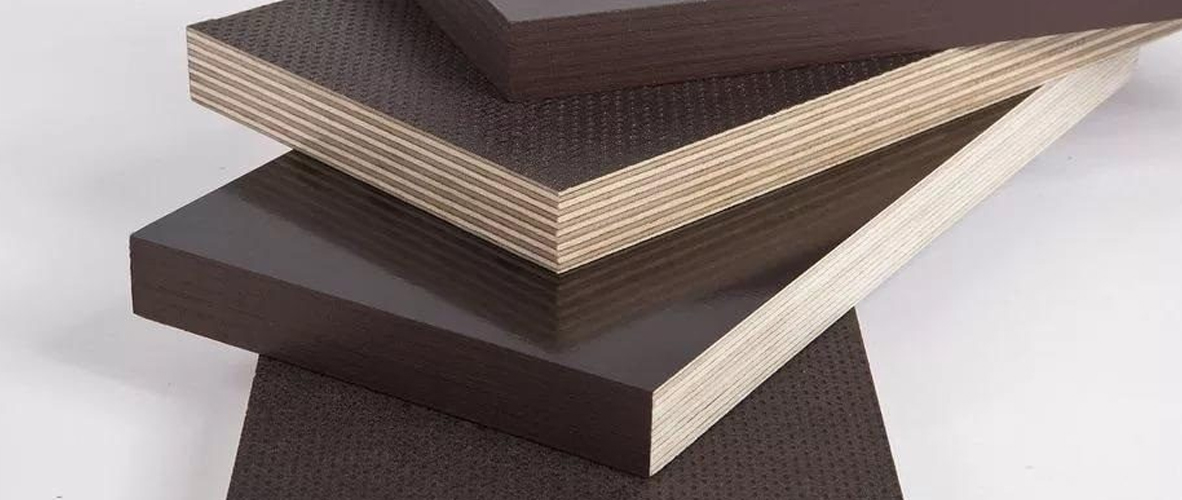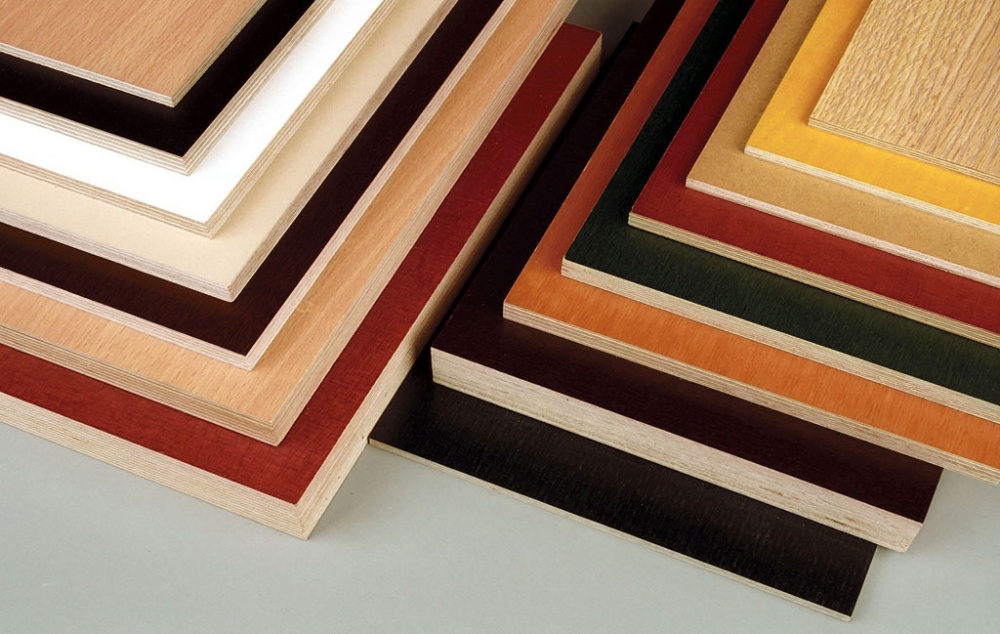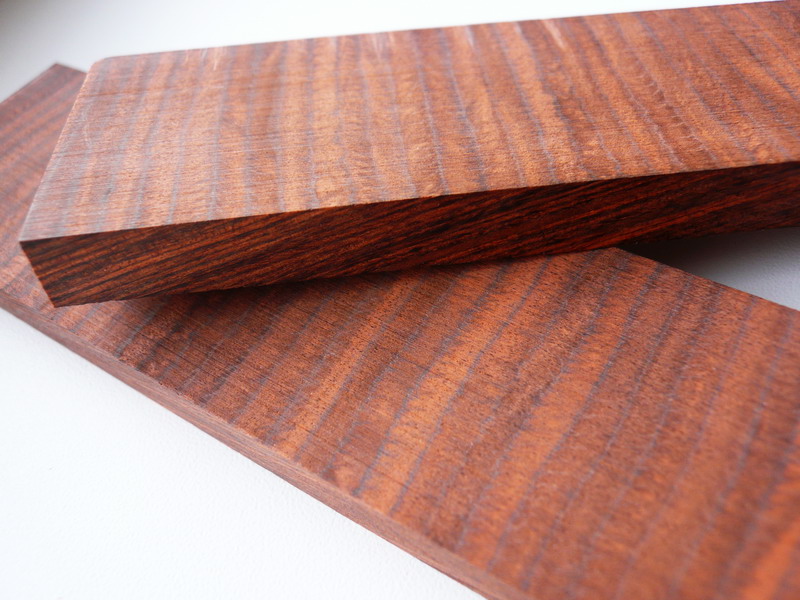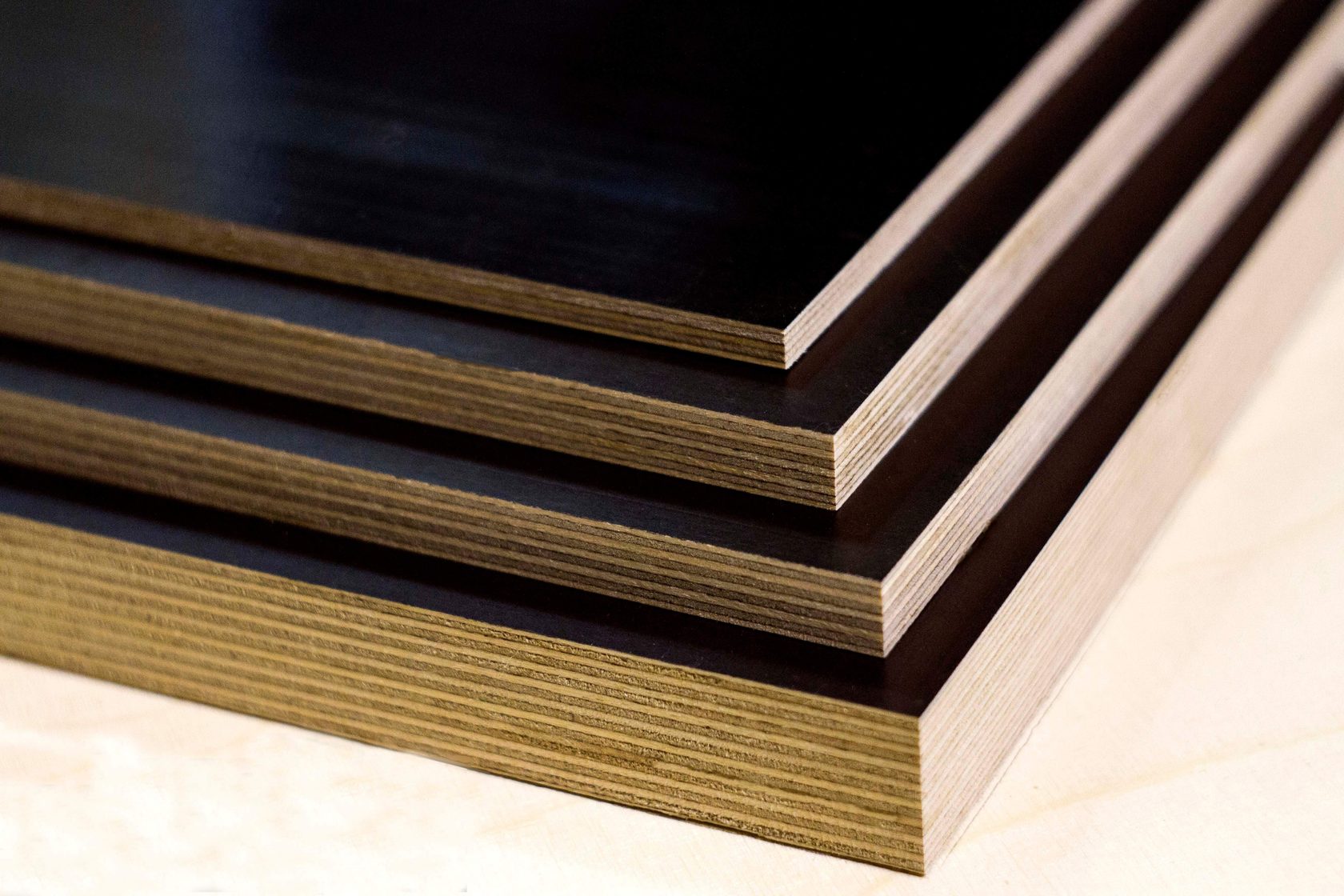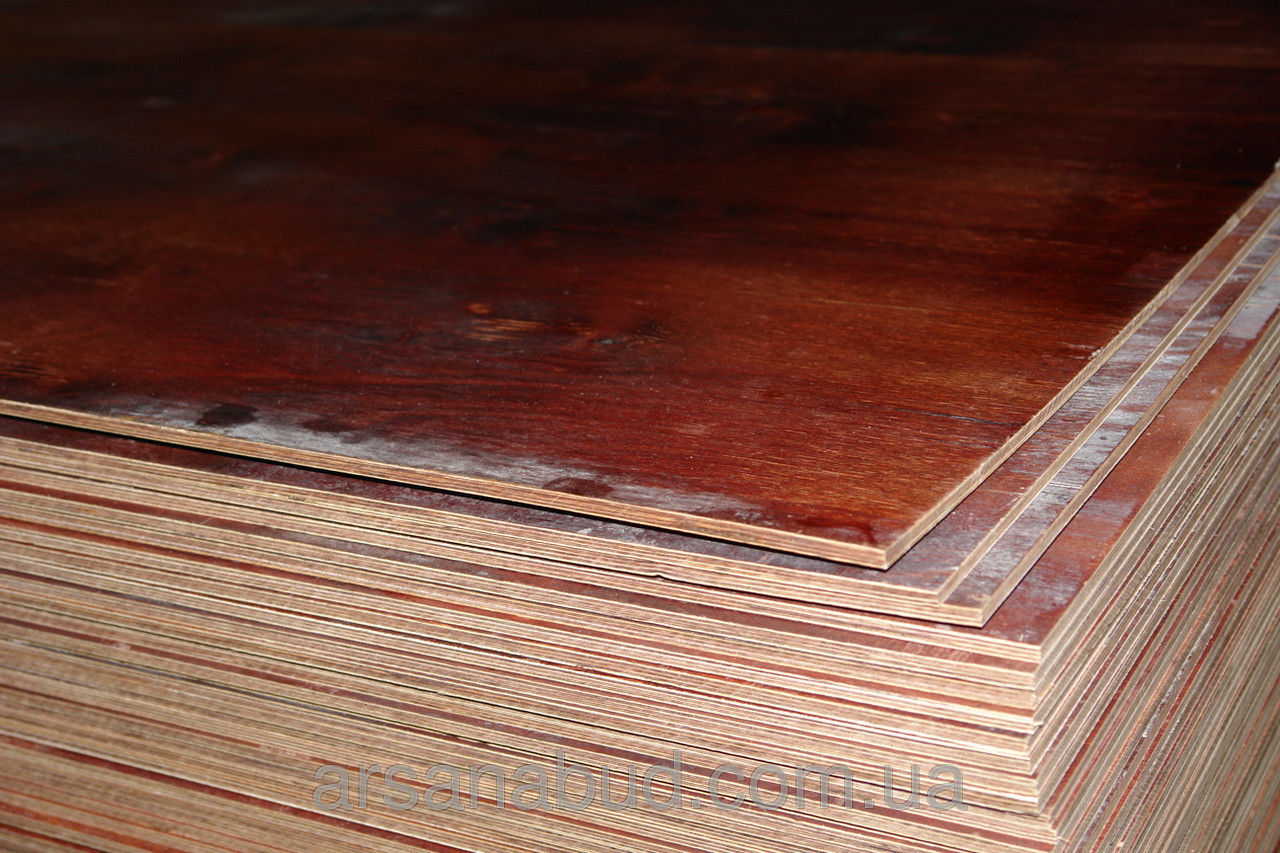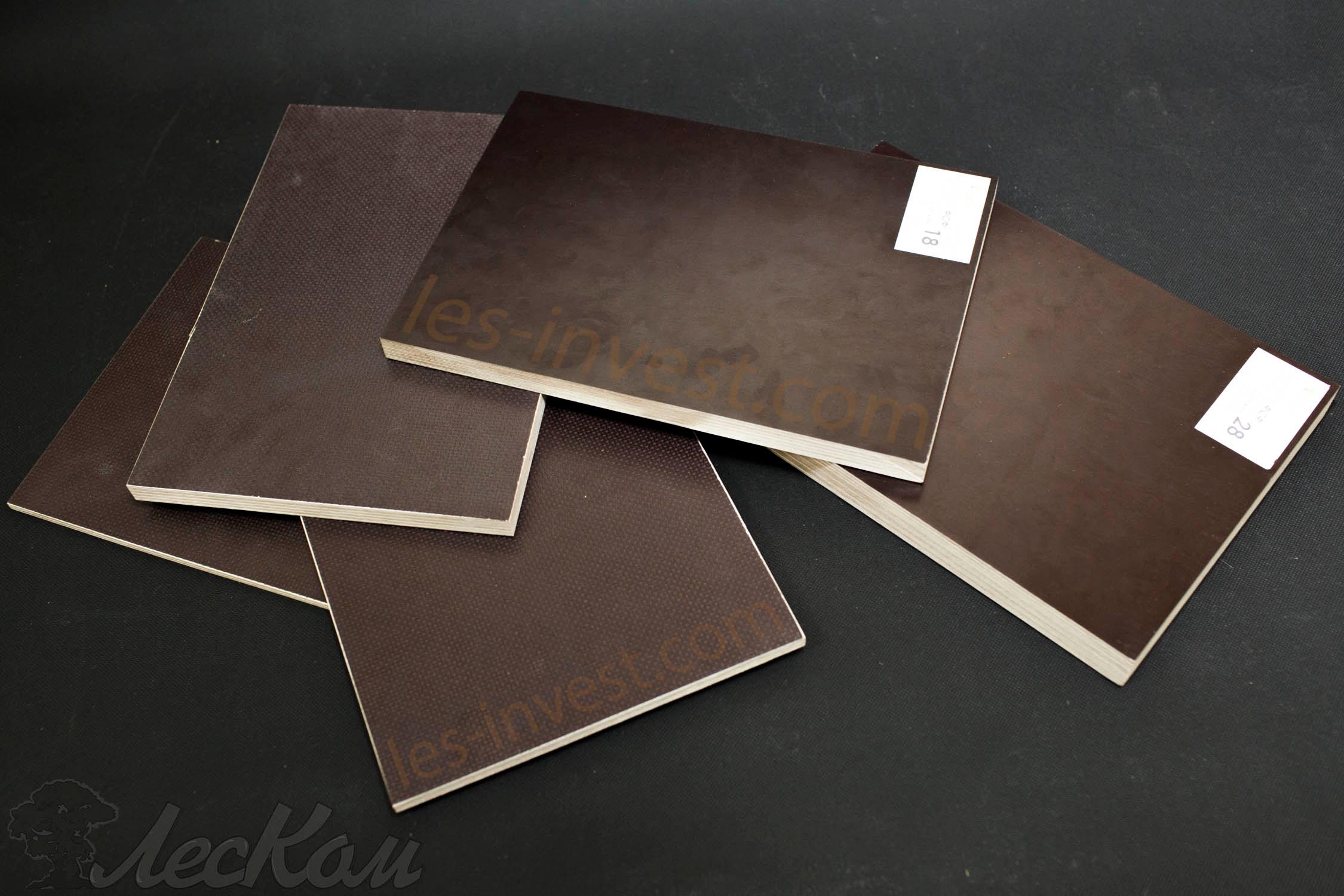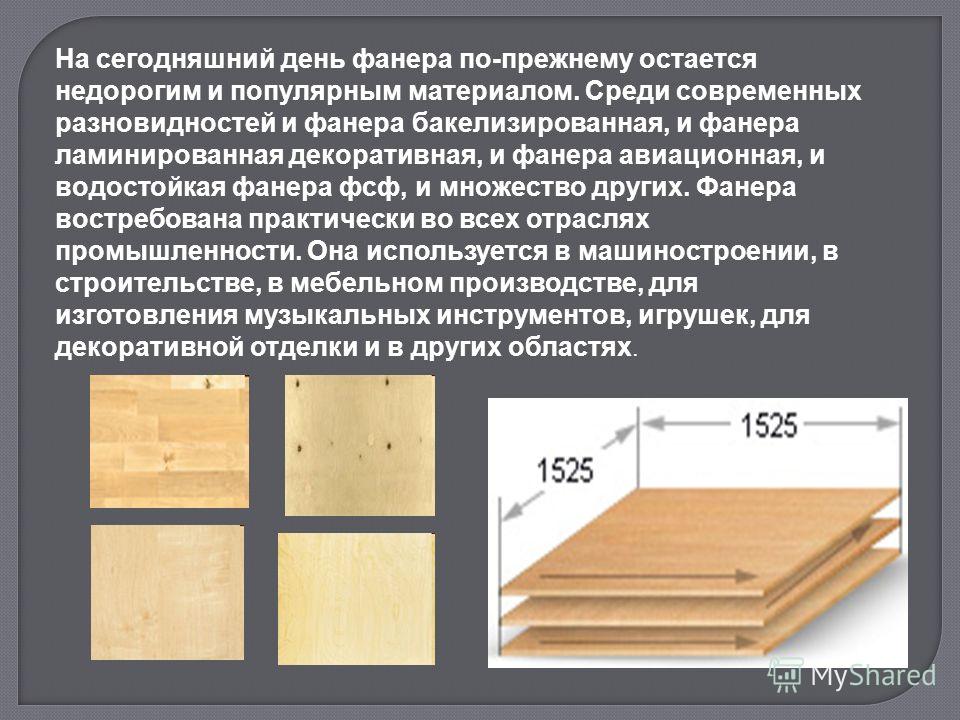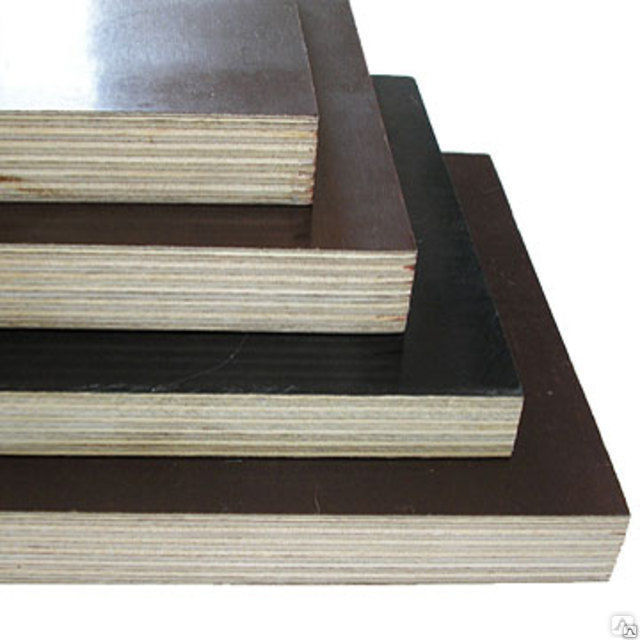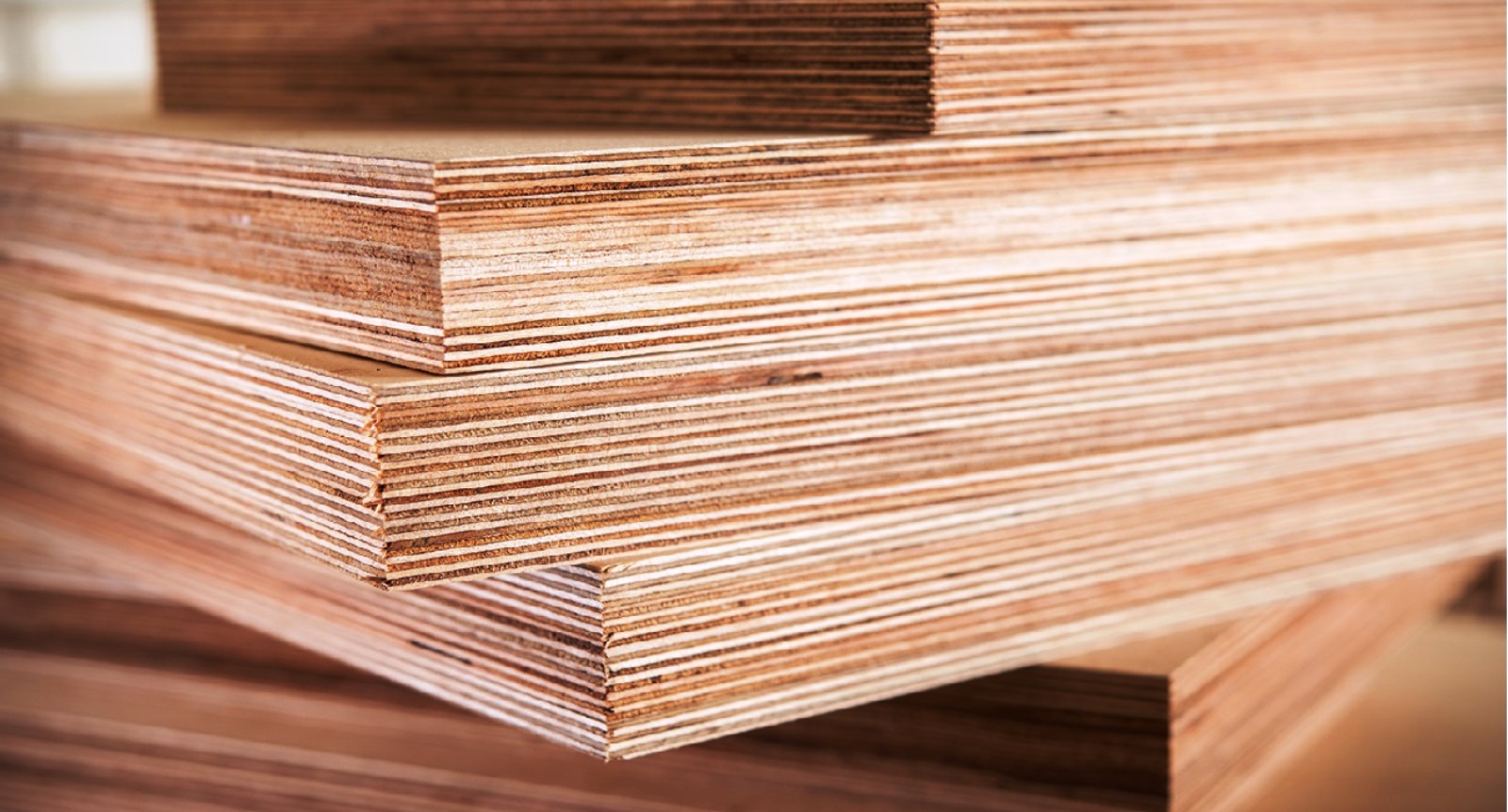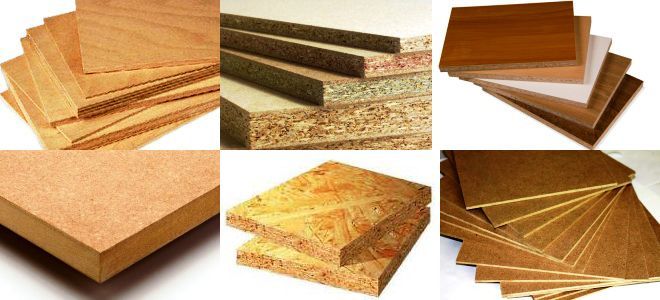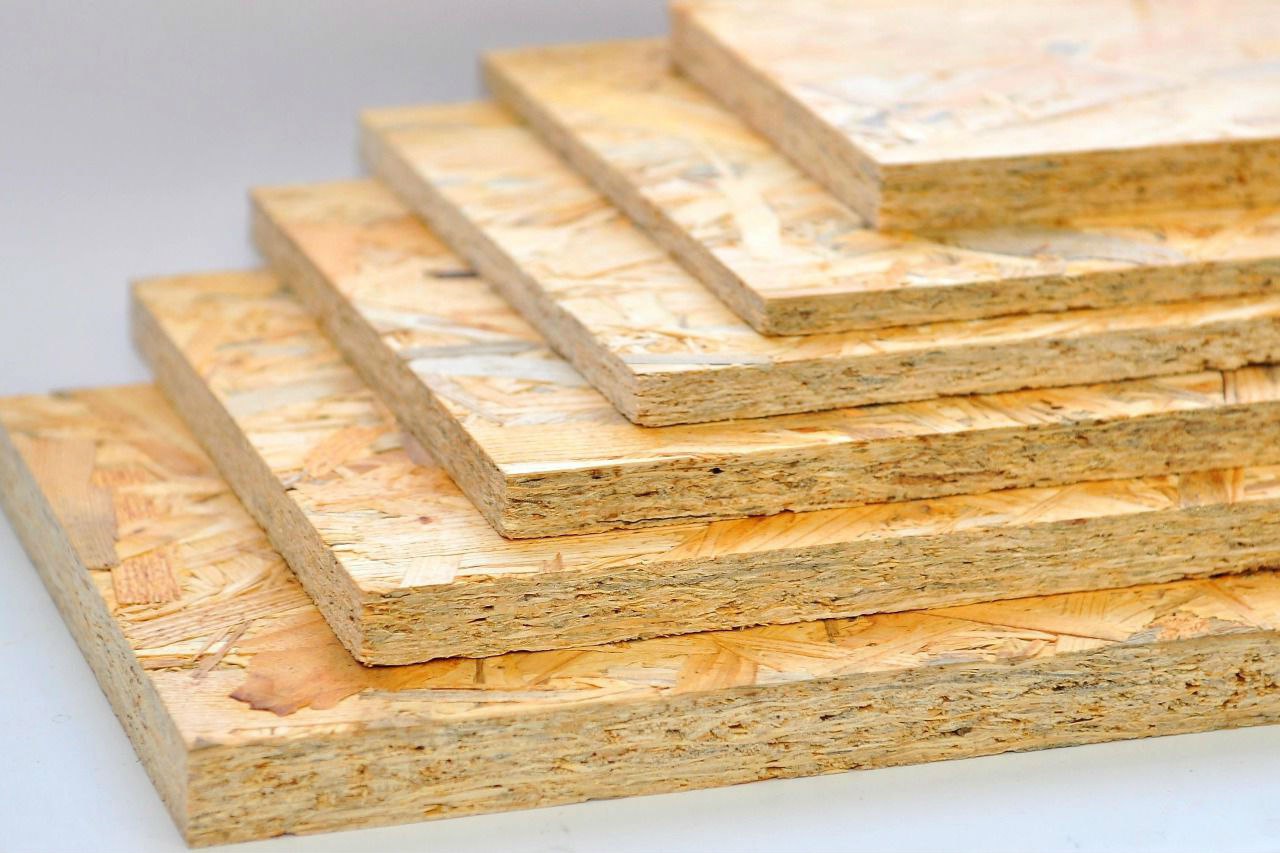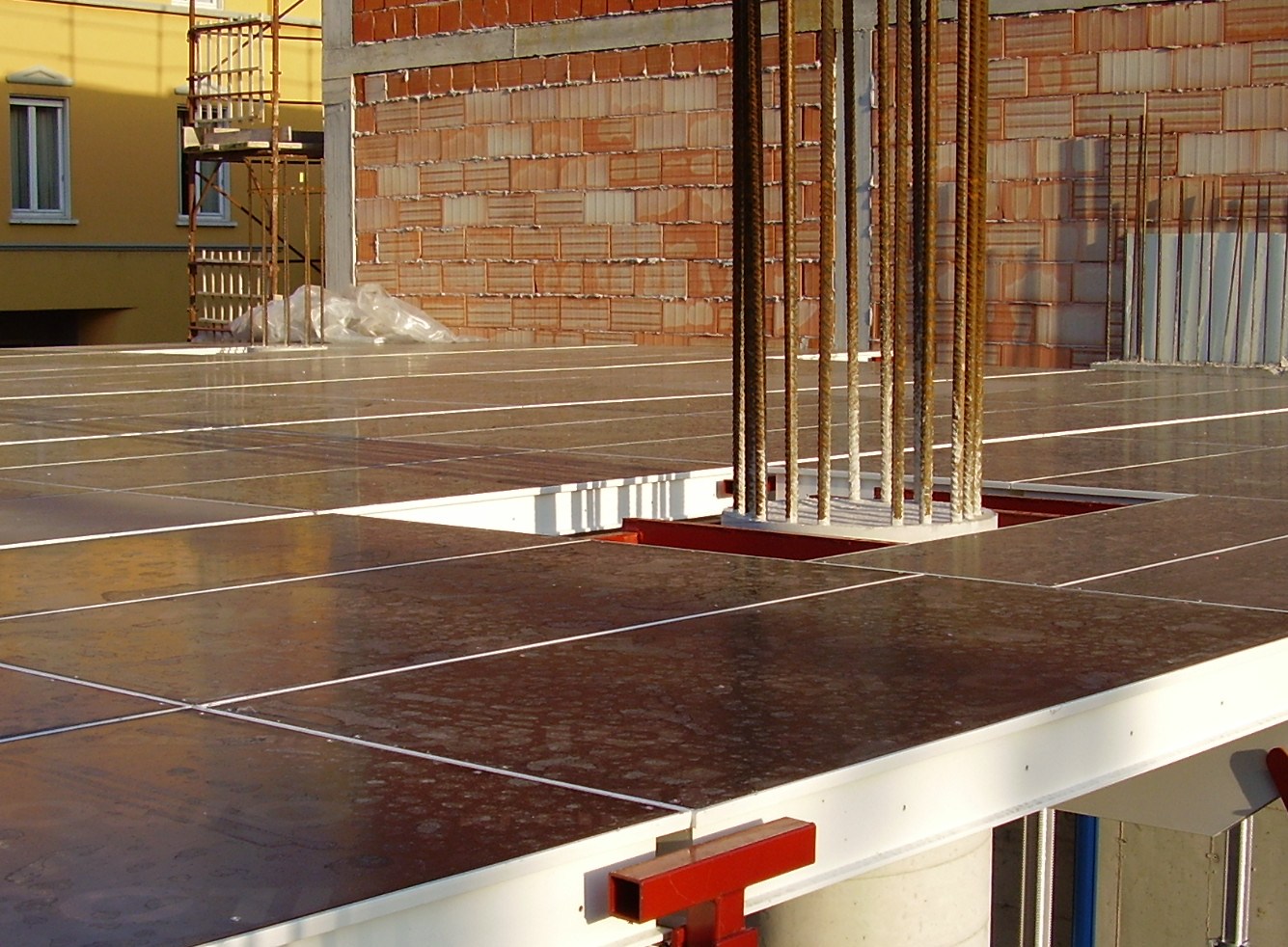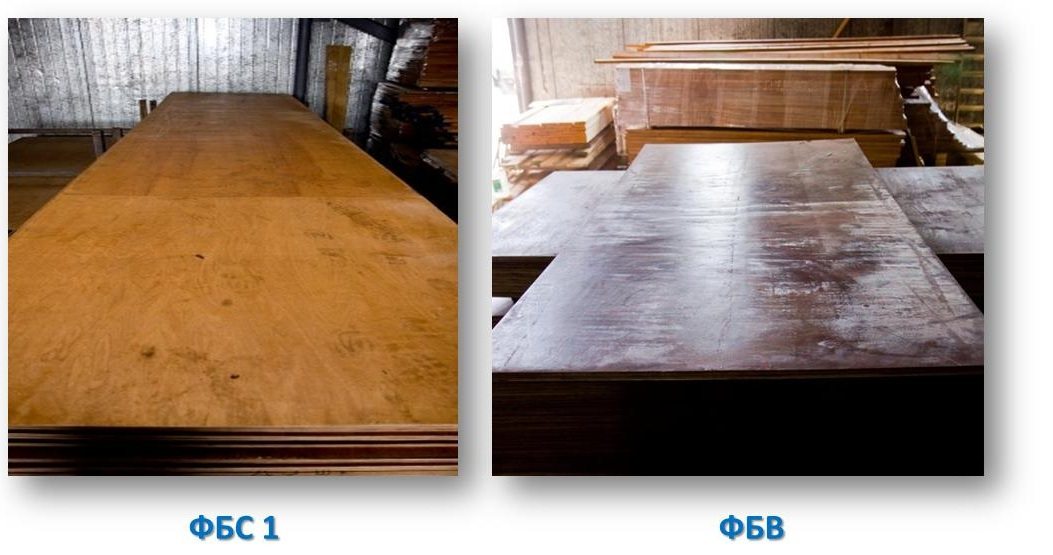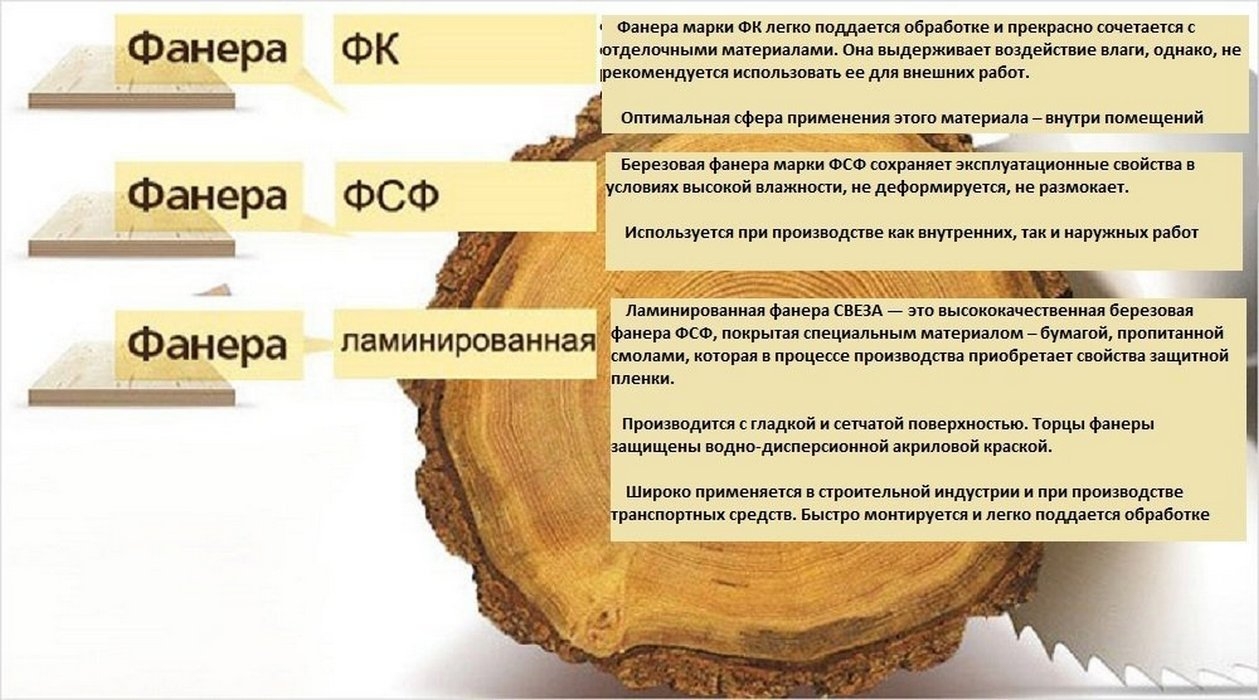Plywood type FC and FSF. We study what is the difference between them and consider alternative material
The concept of "plywood" is a collective term that unites sheets glued from three or more layers of wood veneer. The fibers of the wood are usually perpendicular, which allows the plywood to hold its shape and resist dynamic loads.
Explanation of abbreviations

Let's start with the definitions. In both cases, we are talking about a material made from certain types of wood. It usually looks like this:
-
birch - all layers of plywood sheet are made from this type of wood.
-
conifers - pine is used as a raw material.
-
combined options - the outer layers are made of birch, the inner layers are made of pine.
What's the difference? Among themselves, all plywood on the market is distinguished by its adhesive composition. In the decoding of the abbreviation, the first letter indicates the name of the material. In our case, "F" stands for plywood.
The following symbols identify the glue that was used to make the sheet. In particular:
-
K - urea formaldehyde.
-
SF - phenol-formaldehyde resin.
The difference in adhesive composition largely determines the technical properties of plywood. For example, the material of the FK series is more often used in the production of cabinet and upholstered furniture.
FSF - more suitable for interior partitions and billboards. The scope of application is determined by the fact that resinous phenol-formaldehyde makes sheets more resistant to humid environments.
Key Differences Between Submissions
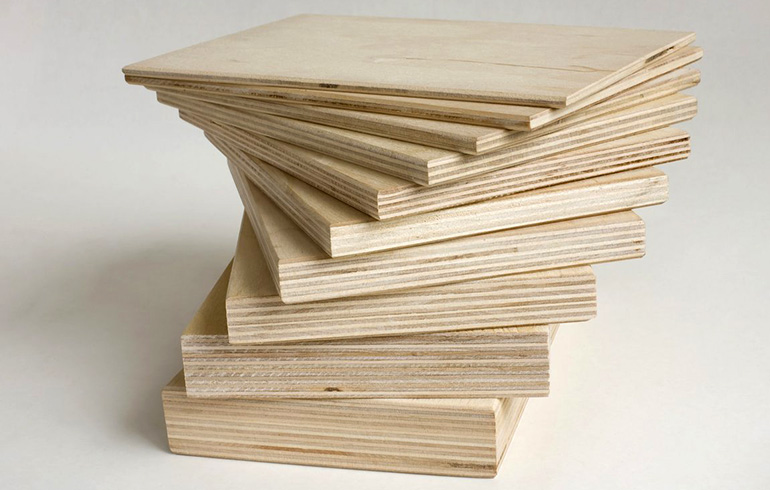
The use of different adhesives assumes its own technical features and field of application for each type of plywood. Let's compare two materials in the table.
|
Comparative review of two types of plywood |
||
|
Criterion |
FC |
FSF |
|
Fire safety* |
Low |
Low |
|
Environmental Safety |
Phenol is absent |
Phenol is present at a concentration of 8 mg / 100 g ** |
|
Moisture resistant |
After wetting and subsequent drying, it exfoliates |
Does not delaminate after being in a humid environment |
|
Scope of application |
In rooms with low humidity |
Indoors and outdoors (under awnings, in outbuildings) |
|
Gluing |
Urea-formaldehyde composition |
Phenol-formaldehyde composition |
|
Flexural strength MPa |
||
|
On a leaf cut |
Single color, light (layers of veneer and glue - the same color) |
Multi-colored, layers of light veneer are combined with dark adhesive |
* If you need non-combustible plywood, choose FSF-TV impregnated with a special compound. It is used in passenger car building.
In terms of presentability, both types of plywood are identical. There are several categories: the higher the class, the fewer external defects.
Behold at the root! Visual differences
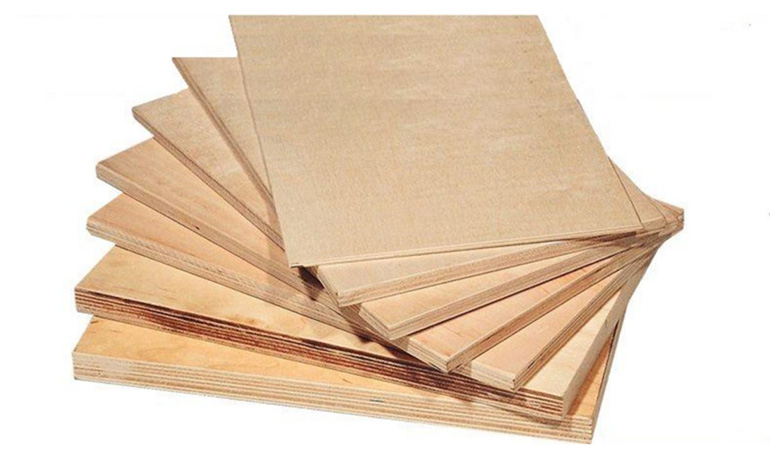
Plywood FC does not contain phenol, therefore it looks lighter. Interlayers and veneer sheets have an identical color range, therefore they look like a homogeneous material. FSF has layers of a dark red hue. Knowing these features, it is easy to distinguish between types of plywood, even without special skills and knowledge in the field of construction.
Which is safer for your health?

In the case of the FSF, the issue is controversial. According to the requirements of GOST applied to this type of material, the content of phenol in the composition does not exceed the permissible values. In addition, this substance is actively and widely used in medicine, agriculture and even the food industry.
Decent alternative

When choosing plywood for finishing work, do not forget about such a category of material as FB. It also uses hardwood or softwood veneer. However, the sheets are impregnated with bakelite varnish before gluing, the glue is made on the basis of water or alcohol-soluble resins.
Thanks to these features, the material is devoid of the drawbacks of FC and FSF plywood, while at the same time it embodies the best qualities.
It looks like this:
-
plywood has high moisture resistance, does not lose its original qualities even in sea water;
-
the material does not ignite and does not support the spread of open fire - the sheet will char, but will not flare up;
-
there are no toxic components in the composition, therefore, plywood of this series can be used in children's institutions;
-
a wide range of operating temperatures combined with resistance to almost any aggressive environment;
-
service life of at least 10 years without loss of initial characteristics;
-
in terms of strength, such plywood is twice as strong as wood.
Comparison of plywood FC and FSF
It is difficult to visually distinguish one grade of plywood from another. Only with a very close examination of the adjacent sheets will it be possible to notice that on the cut of the FC, the color of the interlayers is lighter, close to the color of the veneer. The FSF sheet is glued with a different, darker glue with a slightly reddish tint.
However, if you can make a visual distinction, it does little. It is much more important to find out the qualitative difference, which, ultimately, will be the determining criterion in the question of "FC or FSF". These criteria boil down to the following indicators.
| Plywood FC | Plywood FSF | |
| Veneer origin | Coniferous, deciduous varieties, birch | Coniferous, deciduous varieties, birch |
| Glue | Urea formaldehyde | Phenol-formaldehyde |
| Phenol content | Not contained | 8 mg / 100 g |
| Flexural strength | 40 MPa | 60 MPa |
| Moisture resistance | Standard humidity level for residential or non-residential premises | Maximum humidity level of external conditions, work with water-containing materials |
| Environmental friendliness | above | below |
| Decorativeness | better | worse |
| Price | below | above |
Flexural strength
In terms of this parameter, FSF is almost one and a half times higher than FC (60 MPa versus 45 MPa). It not only withstands higher loads, but also has better resistance to wear and mechanical damage.
Moisture resistance
Moisture resistance - and here FSF surpasses its counterpart thanks to the use of formaldehyde glue. Although it swells after it gets wet, after drying its properties, shape and appearance are restored almost in full (it is understood that we are not talking about a long stay of plywood in a wet state). PC is more sensitive in this respect: under the influence of moisture, it exfoliates and / or curls.
Environmental friendliness
Here FC takes a priority position, since its glue base does not emit phenols (it simply does not contain them). But in FSF they are present in an amount of 8 mg per 100 g. Although this concentration is not critical for human health (phenol emission class E1), it is still considered undesirable for living quarters, especially if there are children in them.
Decorativeness
The decor of both types of plywood is approximately equivalent and depends primarily on the type that characterizes the presence (absence) of defects, knots, foreign inclusions and other flaws on the surface of the sheet. Although due to the specific shade that is slightly visible on FSF sheets due to the presence of formaldehyde resin, the picky esthete is likely to prefer FC.
In conclusion, it is worth noting the higher cost of FSF, which should also not be discounted.
Applications of FSF and FC plywood
Despite the above differences between FC and FSF, there are many areas where it is possible to use both one and the second brand. At the same time, there are areas where the use of only one of the considered categories is allowed. In particular, FSF is required where it is necessary to ensure strength and moisture resistance, and FC is preferred when such factors as environmental friendliness, appearance and price are at the forefront.
FSF plywood is ideal for the manufacture of the following structures and products:
- formwork;
- external cladding of frame structures;
- outbuildings;
- roof lining;
- outdoor advertising (billboards, signs, etc.);
- sports facilities at playgrounds;
- garden furniture.
It is advisable to use plywood FC for the following purposes:
- cladding of interior walls and ceilings (except for the kitchen and bathroom);
- underlay for laminate or parquet;
- indoor furniture (home, office, shop, warehouse, etc.);
- production of musical instruments;
- creation of decorative elements;
- production of containers (boxes, boxes, etc.).
The difference between FC plywood and FSF
Plywood is a popular material used in construction, furniture production, technical and decorative products. There are several types of it, in which it is desirable to understand in order to acquire what you need. In particular, it is useful to find the main difference between FC and FSF plywood as the most popular materials.

Structure and main difference

In FC plywood, veneer layers are glued with urea-formaldehyde glue. In FSF materials, gluing is carried out with phenol-formaldehyde glue resins. This is the fundamental difference between the types of FC and PSF, from which the corresponding consequences follow.
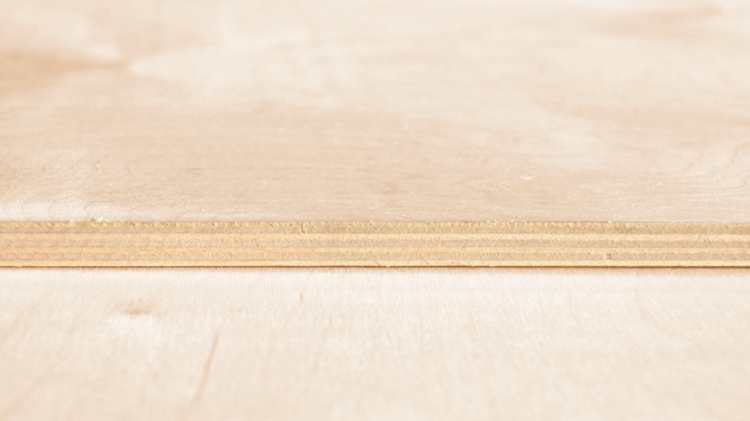
The external difference between FC and PSF is manifested in the color of the interlayer. The ends of the FC plywood are lighter, while the FSF has a dark reddish tint. This is explained by the fact that urea-based glue becomes transparent when solidified, while formaldehyde resins are colored.
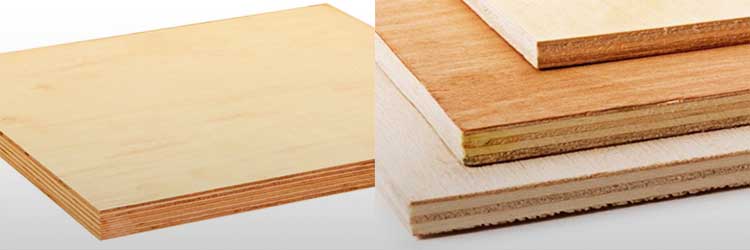
The difference between FSF and FC is as follows:
- adhesive composition;
- moisture resistance;
- strength;
- end color;
- price;
- content of hazardous substances.

And it all depends mostly on the glue. The carbamide composition dissolves in water, so FC plywood products are afraid of getting wet. FSF, unlike FC, is a moisture resistant material.
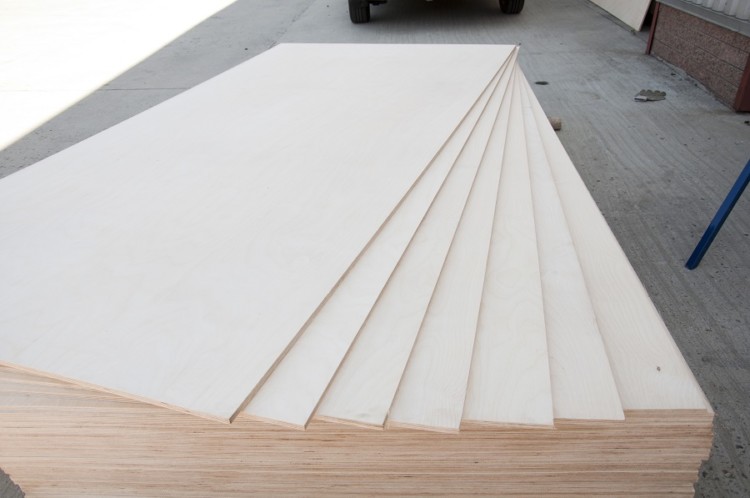
Of course, the cost will be influenced by the place of production, additional processing and some other factors. But the general trend can still be traced.
It should be noted that there is also another type of plywood - FOF. She belongs to the group of special purposes. The difference between FOF and FSF plywood is that the former is covered with a durable laminated film. Thus, its moisture-resistant properties are further enhanced.
FC application
FK plywood sheets are made from hardwoods, mainly birch, poplar, alder. This is a wonderful material, the highest grades of which are distinguished by a light, even surface.
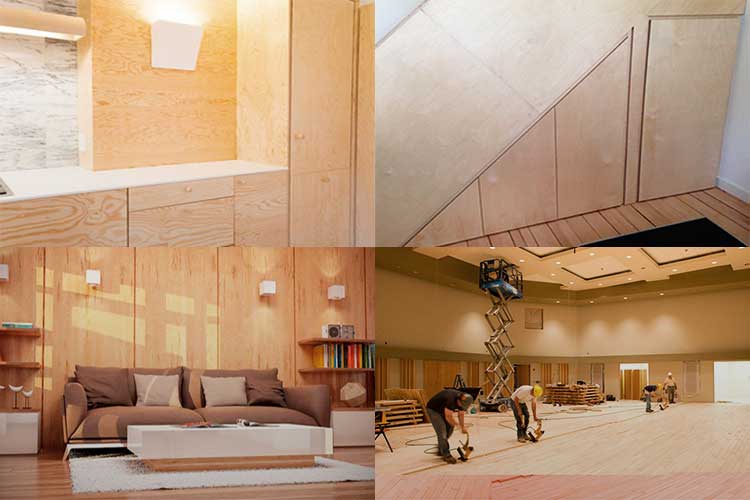
The peculiarity of FC is that, due to the adhesive, it does not withstand the prolonged influence of moisture and, when wet, swells and stratifies. At the same time, if such plywood is used in a dry room, then it exhibits high strength characteristics.

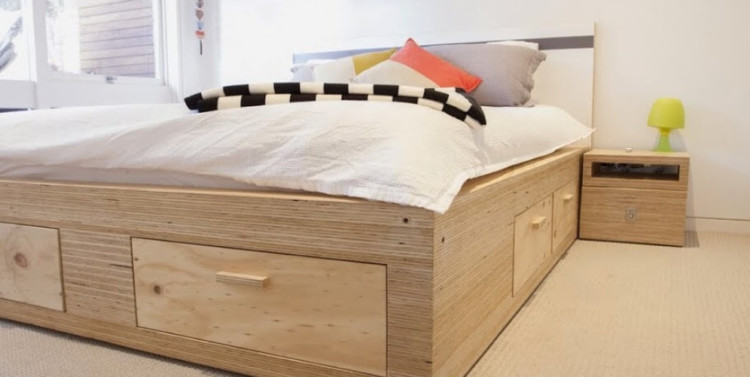
The question may arise, whether to use FSF or FC plywood for the floor, for example, for parquet? These two types are suitable, although moisture-resistant FSF plywood products (low grade, sanded and unpolished) are preferable. The difference between them will also be in the price. If the room is not damp, this is not a basement, not a basement, then in order to save money, you can use FC. Most often, when laying the floor, sheets 10-12 mm thick are used.
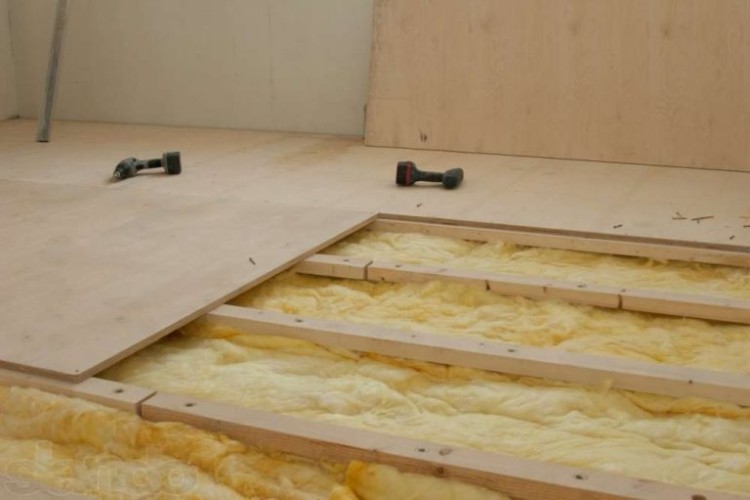
Application of FSF
FSF plywood is considered a moisture resistant material and more expensive. Both birch and coniferous veneers are used for its production.
It can be used outside buildings, in places with high humidity. Thick sheets of FSF are distinguished by their strength and wear resistance. They can be impregnated with fire retardants, as a result of which the plywood receives fire-resistant properties. This type is designated FSF-TV. It is used in passenger railway carriages, often laminated with a decorative film.
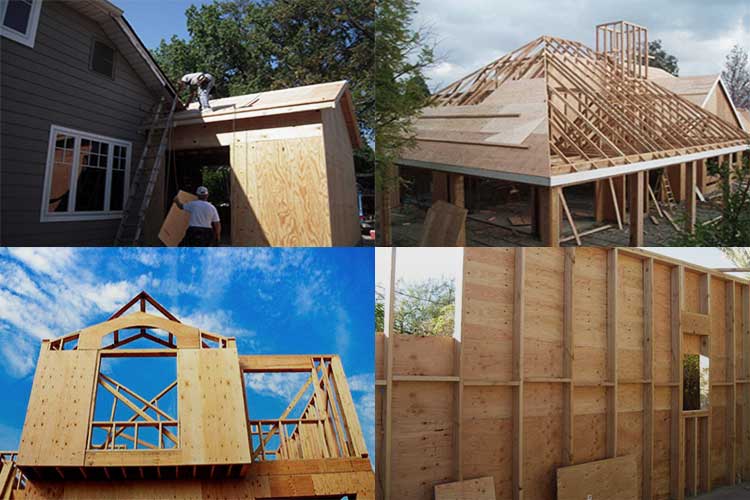
FSF sheets are used as a roofing material for the construction of stages, sports grounds, temporary structures, billboards. Such plywood is widely used for formwork, with laminated material being the best option here, since it can be used several times (up to 100).

Although furniture for living quarters is not made from FSF, it is great for garden benches, gazebos and other structures. Another common application is truck flooring and van cladding. It is allowed to make boxes for transportation of non-food goods from FSF-sheets.

The difference is in security
There is another important difference between the materials in question. It concerns the safety of their production, use and disposal.
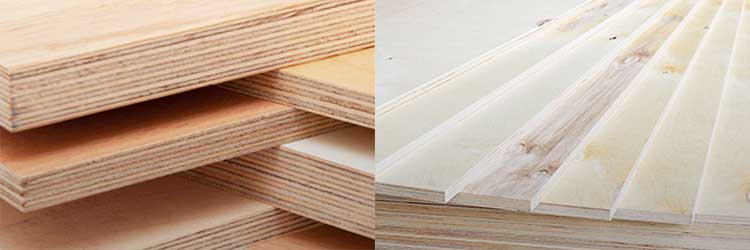
The FSF contains phenol-formaldehyde, which makes one think about the safety of the material. Phenol and formaldehyde, from which the glue is made, are poisonous, negatively affect the skin, mucous membranes, and the respiratory tract. Disposal of products with their contents is problematic.

When buying, you should pay attention to the class of emission of harmful substances. If the certificate of conformity is E1, then such plywood can be used even in the bedroom
It is prohibited to use class E2 indoors.
How plywood is made
Production consists of several stages:
- First, the logs selected for production are soaked in warm water to give the wood the softness it needs for processing.
- Veneer is obtained from prepared blocks of a certain size, which is then leveled and dried.
- The veneer is sorted, defects are eliminated and sheets of a certain size are formed from it.
- Veneer sheets are assembled in a specific order and held together with glue.
- After the resulting bags have dried, their edges are cut to the required format, and the front surfaces, if necessary, are sanded and covered with a decorative layer.
Obtaining veneer for plywood
Different methods are used to obtain veneer. Most often, circular peeling is used: the prepared churak rotates around the longitudinal axis, and a special knife removes a thin layer from it.
The removed layer of wood is unrolled into a tape, cut into sheets and sent for further processing.
In some cases, peeling with eccentric rotation of the workpiece is used. This gives a more interesting periodic pattern due to the intersection of the annual layers with the knife.
Less commonly, flat planing is used, which makes it possible to obtain a veneer with a given character of the pattern, depending on the direction of processing. There are tangential and radial veneers. They differ in the location of the working plane in relation to the radius of the log and in the type of pattern that the wood structure forms. For the production of veneer using this method, high-quality wood that does not have any defects is selected.
For special cases, veneer is produced by sawing. This method does not require any special preparation of wood and allows you to obtain a natural pattern with a natural color.
Elimination of defects and formation of sheets
The resulting veneer contains various defects inherited from wood. In addition, there may be damage caused by the production process itself. In addition, the raw material does not always match the required sheet size. To bring the veneer to the required parameters, additional processing is carried out.
First of all, the material is selected and rejected. Unsuitable sheets or their parts, weakly bound or affected by rot, are removed and suitable for further stages are selected. Rotten, loose and poor-quality areas are cut out. Then the individual parts are cut along the edges and glued into sheets of the desired size. If necessary, knots are removed and patches are inserted in their place. Broken cracks are repaired in the same way.
Gluing
Glue packs are formed from prepared and dried veneer sheets. They usually contain an odd number of layers. The central layer is laid with the structure in the transverse direction, each next - at right angles to the previous one. The direction of the outer layers on both sides is the same and is considered longitudinal.
There is plywood with an even number of layers.In this case, the two central layers have the same direction of the structure. All layers are usually of the same thickness. But the GOST specifically specifies the requirement that the layers be the same, located symmetrically relative to the central one.
Veneer is glued using a press and high temperature. The press ensures uniformity and minimal thickness of the adhesive layers, and heat is required to cure the resin. After gluing, the sheets are kept in bags for uniform cooling and equalization of internal stresses and humidity.
Pruning
The glued panels are trimmed at the edges on special machines. This operation produces flat ends and ensures accurate sheet formats.
5 grades of plywood
Plywood is of five grades - E, I, II, III, IV. Before attributing plywood to one of the grades, experts assess the acceptable volume of material flaws, processing flaws, as well as its appearance. The variety is expressed by two symbols, the first of which defines the class of the front layer, and the second - the back layer. For example, E / II or II / III.
E is an elite category in which there are no visible flaws or other damage. However, the timber may contain certain minor defects. The presence of knots falling out and holes made by them is completely unacceptable in this category. This type is often varnished. It is from it that the film faced plywood is produced.
I - this class of plywood is also almost flawless. But the presence of knots (falling out, partially accrete, not accrete) or punctures from them is permissible. There may be small wormholes, up to 6 mm in diameter, up to 3x pieces per sq. m. This plywood can also be laminated.
II - in this grade, knots and holes falling out may be present. The number of wormholes in one square meter is up to 6 pieces, and the number of healthy intergrown knots (diameter up to 25 mm) is 10 pieces. In this material, it is allowed to repair the plane of the sheet, during which knots and other imperfections are decorated with veneer inserts. Sheets of this plywood can be coated with paints and varnishes.
III - in this material dropping out knots and holes from them are permissible. There may be a wormhole with a diameter of up to 6 mm, with an amount of up to 10 pieces per square meter. In this material, there are healthy intergrown knots, in unlimited quantities. The scope is limited to the release of containers and packaging materials, as well as the creation of structures, without an external view.
IV - any manufacturing flaws are permissible in this plywood: knots, punctures from them, the number of wormholes up to 40 mm is not limited. This material is highly durable; it is used for packaging material.
The physical and mechanical properties of plywood are shown in the table
|
Indicator name |
Thickness, mm |
Brand |
The value of physical and mechanical parameters for plywood with inner layers wood veneer |
|||
|
Birch |
Alder, beech, maple, elm |
Pine, larch, spruce, fir, cedar |
Linden, aspen, poplar |
|||
| 1. Moisture,% | 3-30 | FSF, FC | 5-10 | |||
| 2. Ultimate shear strength along the adhesive layer, MPa, not less: | ||||||
| after boiling in water for 1 hour | 3-30 | FSF | 1,5 | 1,2 | 1,0 | 0,6 |
| after soaking in water for 24 hours | 3-30 | FC | 1,5 | 1,0 | 1,0 | 0,6 |
| 3.static bending strength along the fibers of the outer layers, MPa, not less | FSF | 60 | 50 | 40 | 30 | |
| 9-30 | fc | 55 | 45 | 35 | 25 | |
| 4. Ultimate tensile strength along fibers, MPa, not less | FSF | 40,0 | ||||
| 3-6,5 | FC | 30,0 | ||||
| Note - Birch plywood with an ultimate shear strength along the adhesive layer of 1.2 MPa is allowed in accordance with the terms of the agreement (contract) |
Varieties
Moisture resistant multilayer materials are divided into several subgroups:
Characteristics of moisture resistant plywood in accordance with GOST.
- Moisture resistant plywood brand FK. It is water-repellent. The veneer sheets that make up the material are glued together under production conditions using urea glue. It is often used for interior decoration and furniture production.Carpentry structures for various purposes are made from it, partitions in the interior, used for leveling floors, for the manufacture of various kinds of packages and other containers. It is usually produced in sheets, the size of which is 152.5x152.5, 122x152.5, 127x152.5 cm. The thickness of the sheets varies within 3-30 mm with the number of veneer layers 3-21.
- FSF plywood has increased moisture resistance. Veneer layers are glued with phenol-formaldehyde impregnation. It is produced in the form of sheets with a thickness of 4 to 40 mm. The width of the sheet can be 122, 125, 150, 152.5, length - 244, 250, 300, 305 cm. It is widely used when performing finishing work outside. Sheets can be used repeatedly for the installation of formwork, into which concrete is poured during the construction of various structures. They are used to make billboards on the streets and all sorts of fences, used in carriage building and in the construction of sea and river vessels.
- Moisture-resistant bakelized plywood is the most durable of all other varieties. It has the highest resistance to moisture. The sheet retains its properties even in water containing salt. This property allows it to be used in the construction of small ships. The veneer is impregnated with bakelite varnish and glued with phenol-formaldehyde resins at high pressure. It is produced in the form of a sheet 120-155 wide, 150-770 cm long, 5-18 mm thick.
- The moisture resistant aircraft multilayer wood sheet of the FB brand is distinguished by its special strength, flexibility and elasticity. It withstands the effects of aggressive environments well, does not rot, does not soak in the aquatic environment. It is used in the construction of river and sea vessels, aircraft.
- Moisture-resistant laminated plywood of the FSF brand. Its advantages are practicality and durability. In its manufacture, thin metal, tar paper, and plastic are used. This significantly increases the moisture and fire resistance of the finished sheet, which is widely used in construction, furniture production, shipbuilding, building decoration, and the manufacture of billboards. Sheet width 122-150 cm, length 244-300 cm, thickness from 4 to 30 mm.
All types of plywood are moisture resistant to varying degrees. This is explained by the fact that the veneer is glued together with compounds based on synthetic resins. They are practically insoluble in water. Bakelized plywood FBS and FBS-1 are especially durable. Its outer surfaces are varnished. For use in the automotive industry, a special brand FBS-A has been developed. A more environmentally friendly option is FBV.

